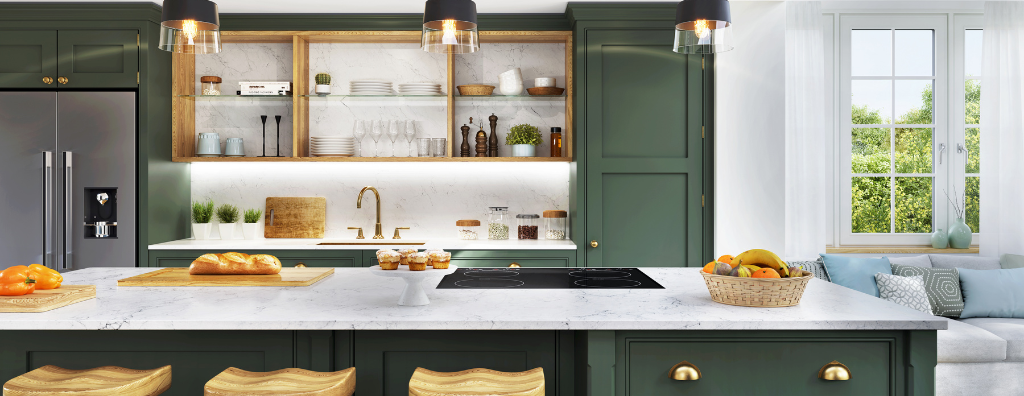Local Market Update – October 2024
Our local real estate market has remained quite active so far this fall, with positive things happening for both buyers and sellers. Last month, every region in this report saw substantial year-over-year increases in the number of pending home sales. Residential inventory also rose in September, which is good news for buyers. And good for everyone was the continued decline of mortgage rates, which now hover about a point and a half below where they were last year. Meanwhile, sellers can take heart in September’s median sold prices, which held steady compared to August and were up compared to a year ago.
In King County, September’s median sold price for a single-family home was up 6% year over year, from $900,000 to $950,000, which is essentially flat with August’s median of $955,000. Sold prices seem to be holding steady even as the number of listings rises; September ended with 9% more residential listings than it began with and 28% more than a year ago. Pending sales were up 21% from the previous year, reflective of buyers taking full advantage of both growing supply and declining mortgage rates. The King County condo market saw increases in both median sold price – up 8% from $515,000 last September to $558,725 last month – and the number of active listings, which increased by 59% over the same span.
Seattle’s median sold price for a single-family home was $938,006 last month, up from $926,250 a year ago and $930,000 in August. September pending home sales grew by an impressive 28% year over year, still not enough to absorb the rising supply of residential listings, as the month ended with 18% more available single-family homes than it started with and 28% more than a year ago. Seattle condo prices were up 10% year over year, from $550,000 last September to $606,000 last month, even in the face of a 46% increase in the number of active condo listings over the same 12 months.
On the Eastside, the median sold price of a single-family home was $1,527,500 in September, up 7% year over year and down slightly from $1,550,000 in August. Pending home sales were up 16% from a year ago, while the number of active residential listings increased 7% from August and 10% from the same time last year. The Eastside condo market saw an interesting dynamic in September: median sold prices rose 11% year over year to $690,000, despite there being 93% more condos to choose from than there were a year ago.
Snohomish County saw September’s pending home sales increase 15% from a year ago but dip 11% from August. Last month’s prices followed these same trend lines, with September’s median residential sold price of $775,000 up 3% from a year ago but down slightly from August’s median of $780,000. By the end of last month, the number of active residential listings in Snohomish County was 21% higher than a year ago, but this inventory still only accounted for a relatively low 1.4 months of supply. County condo prices rose 6% year over year, from $498,500 to $530,000 last month, despite there being 53% more active listings than a year ago.
As we head into the cooler months, our real estate market remains relatively warm. Better mortgage rates and greater supply are creating a tentative balance between the ongoing seller’s market and newfound buyer confidence. To understand how these dynamics align with your interests and goals, reach out to your Windermere broker for real-time insights and expert advice.
 Facebook
Facebook
 X
X
 Pinterest
Pinterest
 Copy Link
Copy Link


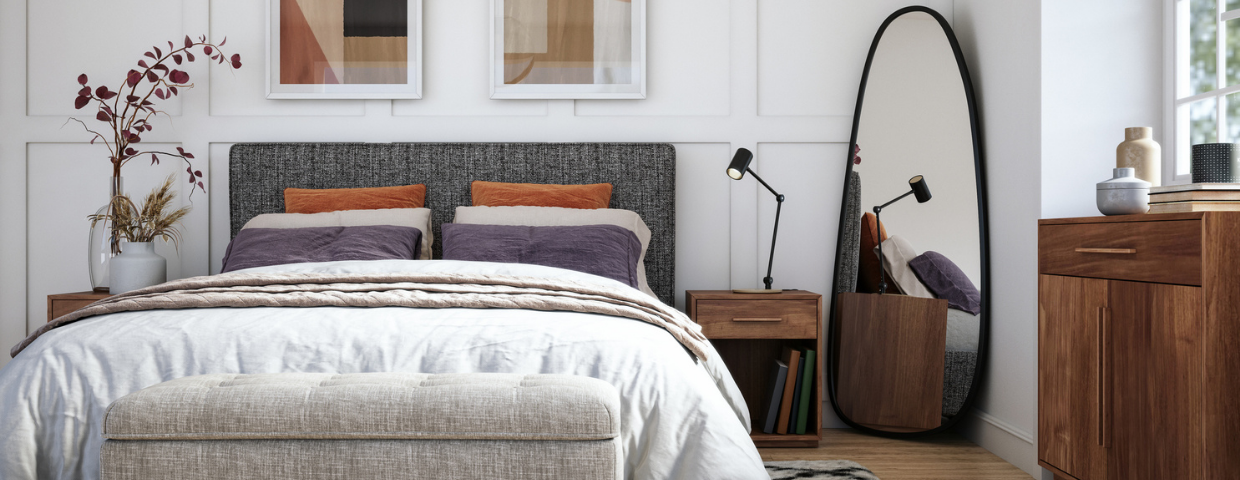
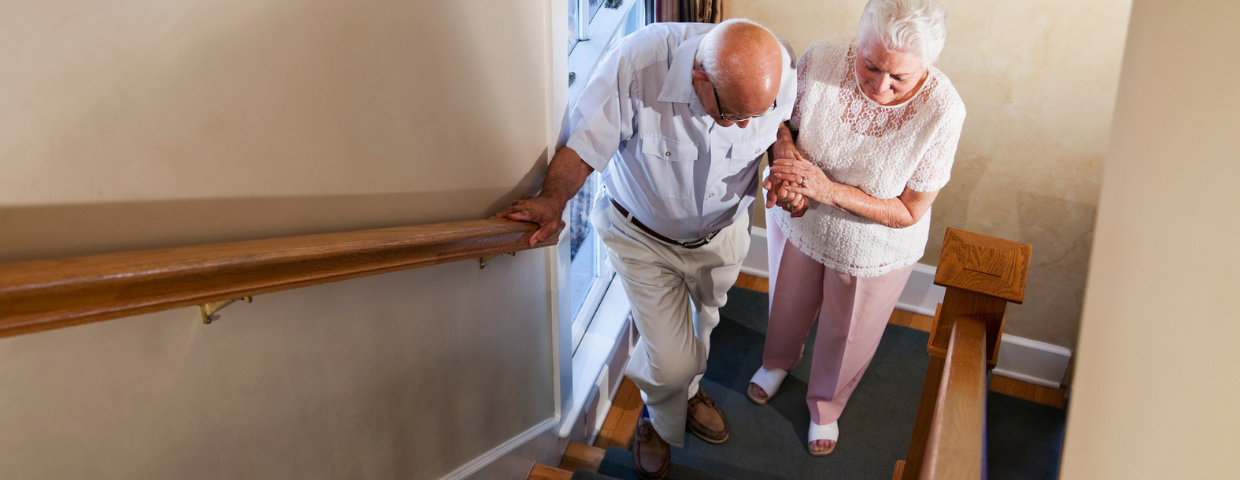


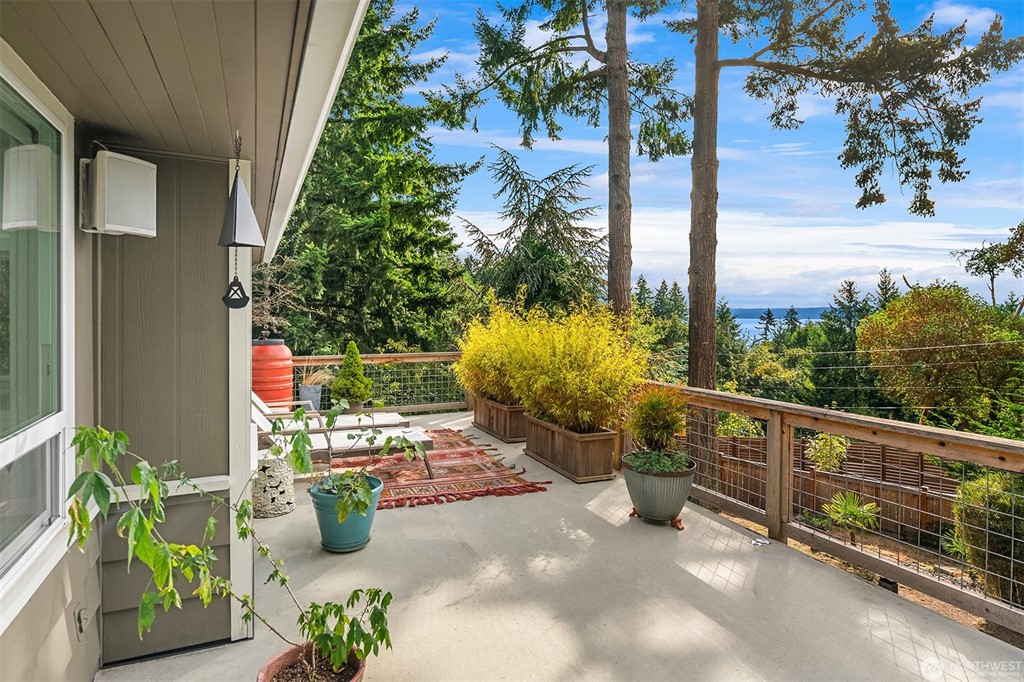
 UNDER CONTRACT REPRESENTING BUYER:
UNDER CONTRACT REPRESENTING BUYER: SOLD REPRESENTING BUYERS:
SOLD REPRESENTING BUYERS: SOLD LISTING:
SOLD LISTING:
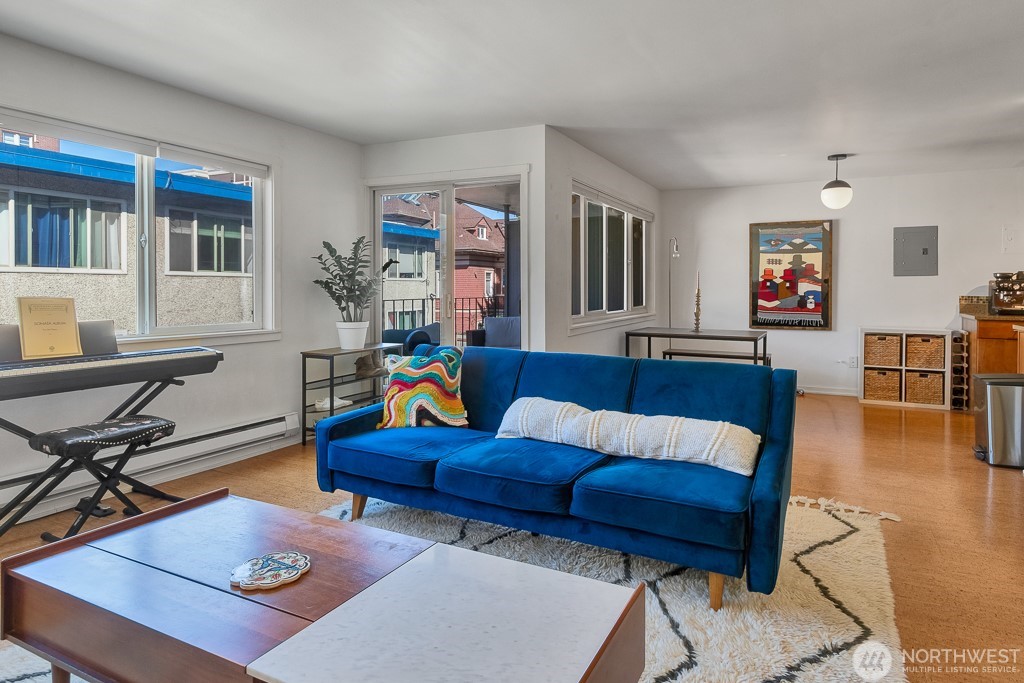
 5733 S Gazelle Street
5733 S Gazelle Street 1707 Boylston Avenue #101
1707 Boylston Avenue #101 